Building Community by Reimagining Care with Brent Asplin, Co-founder and CEO of Gather Health
Some of our clients










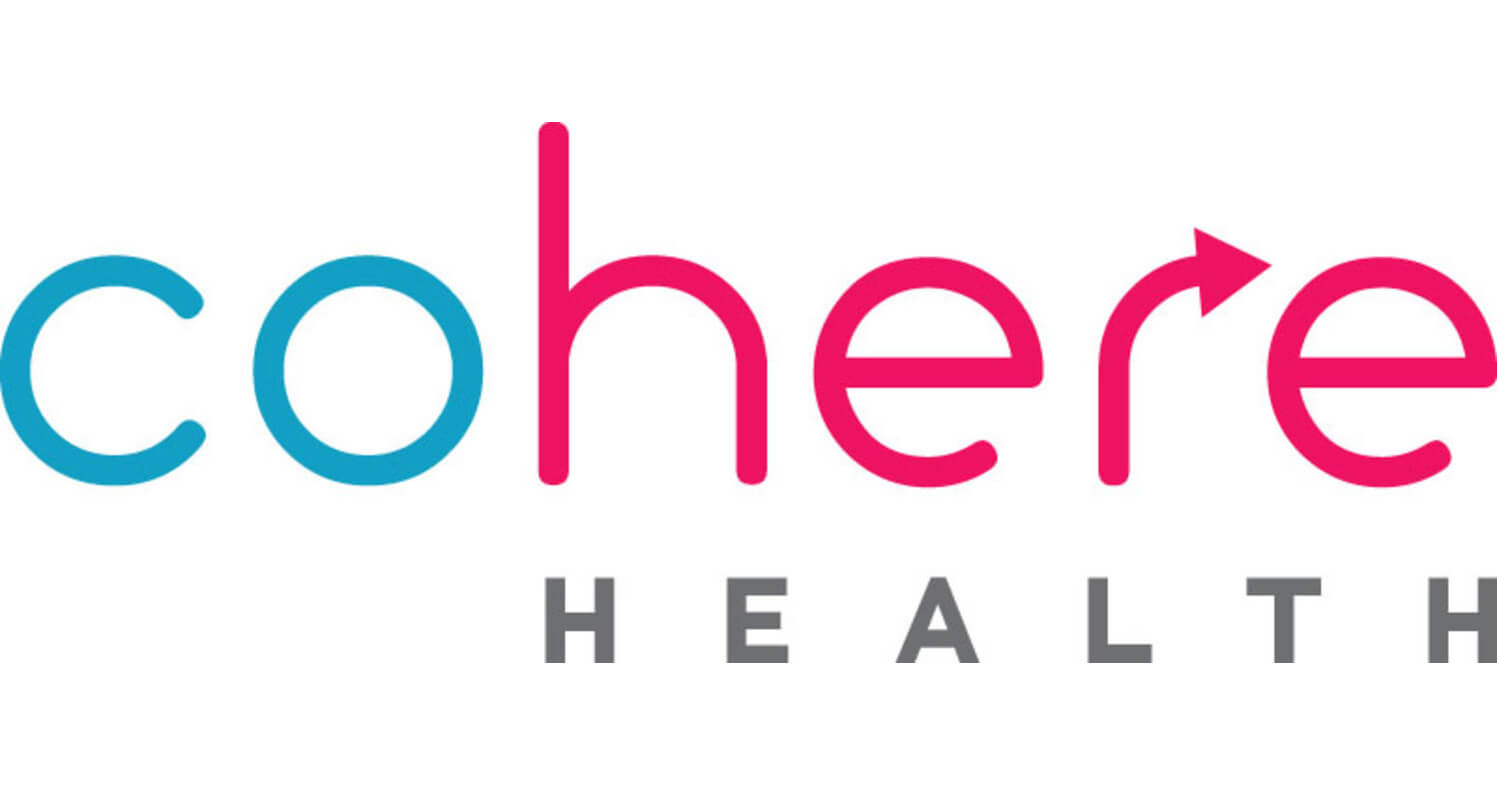
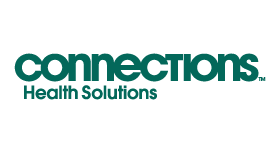








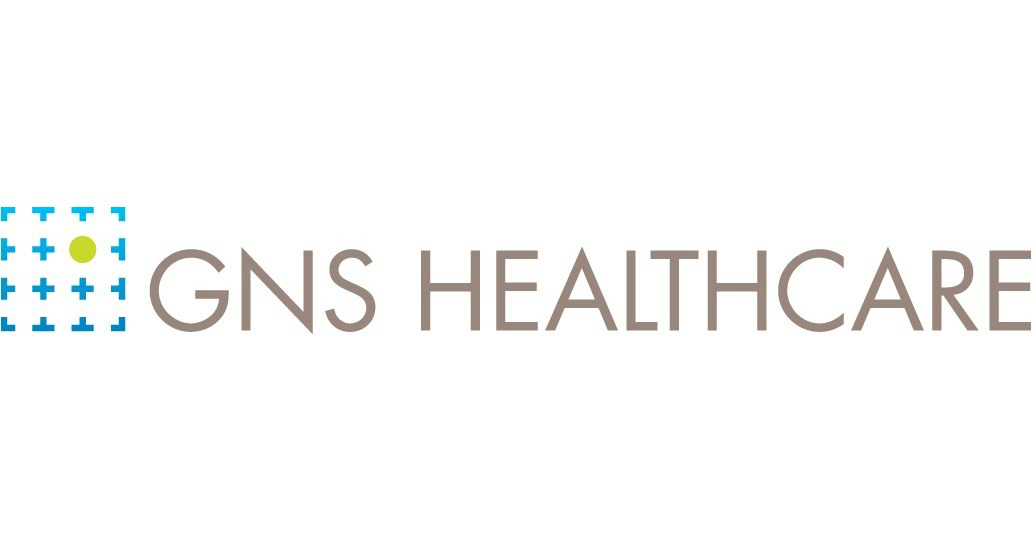

































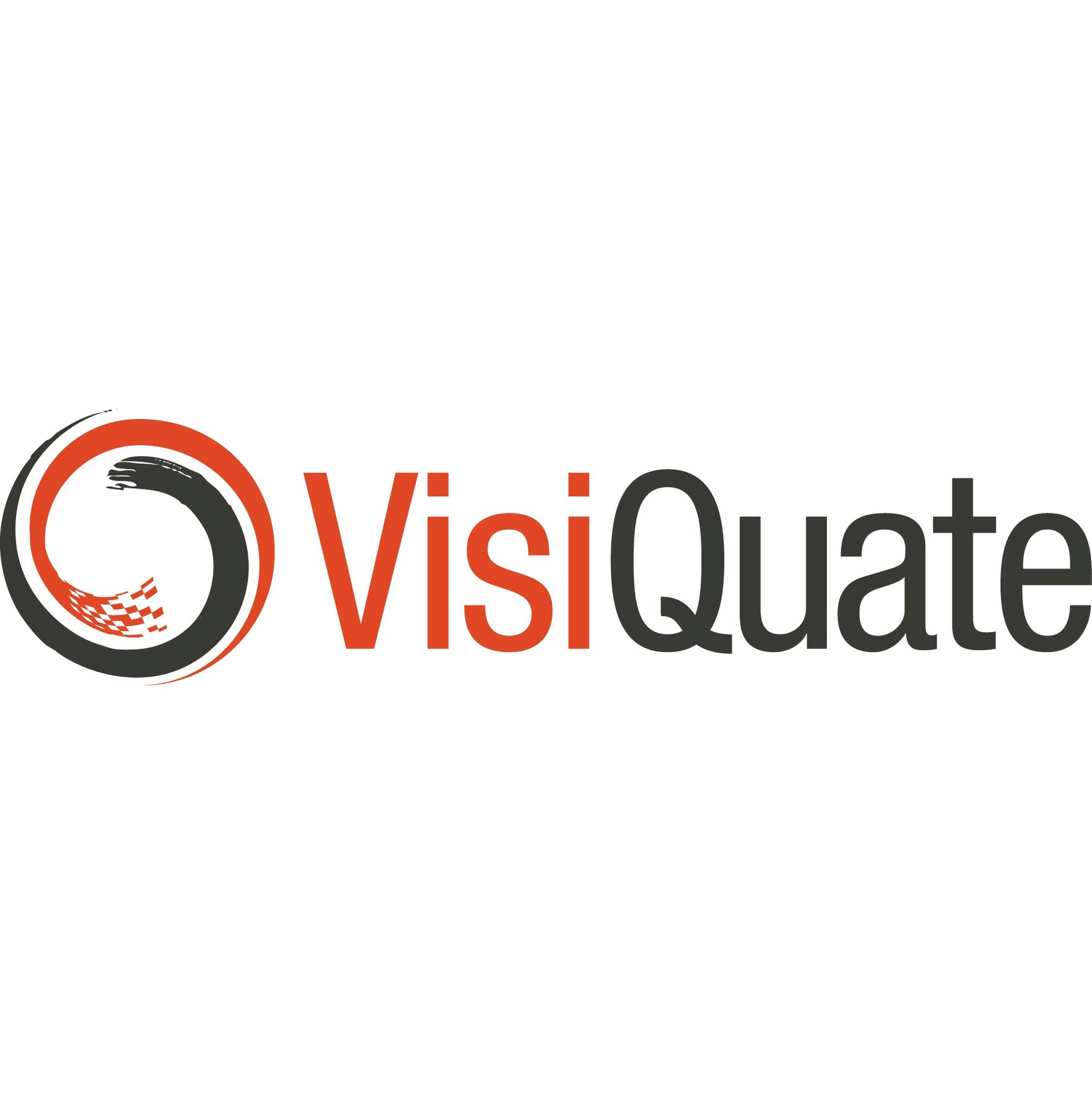








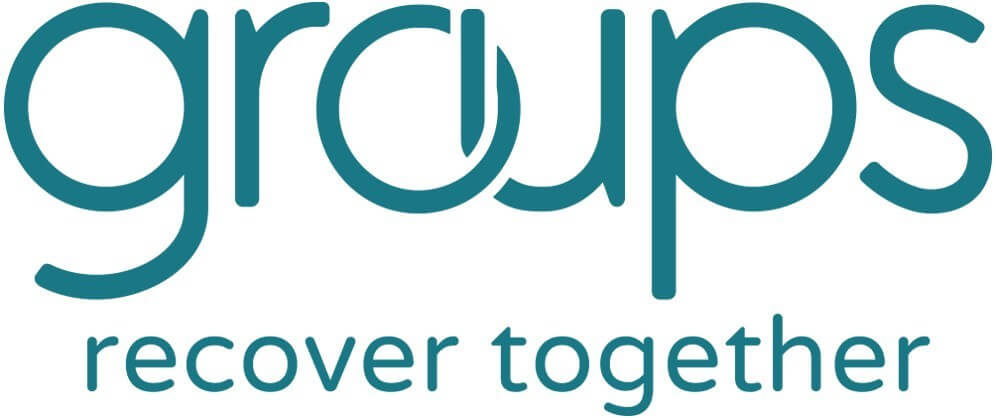














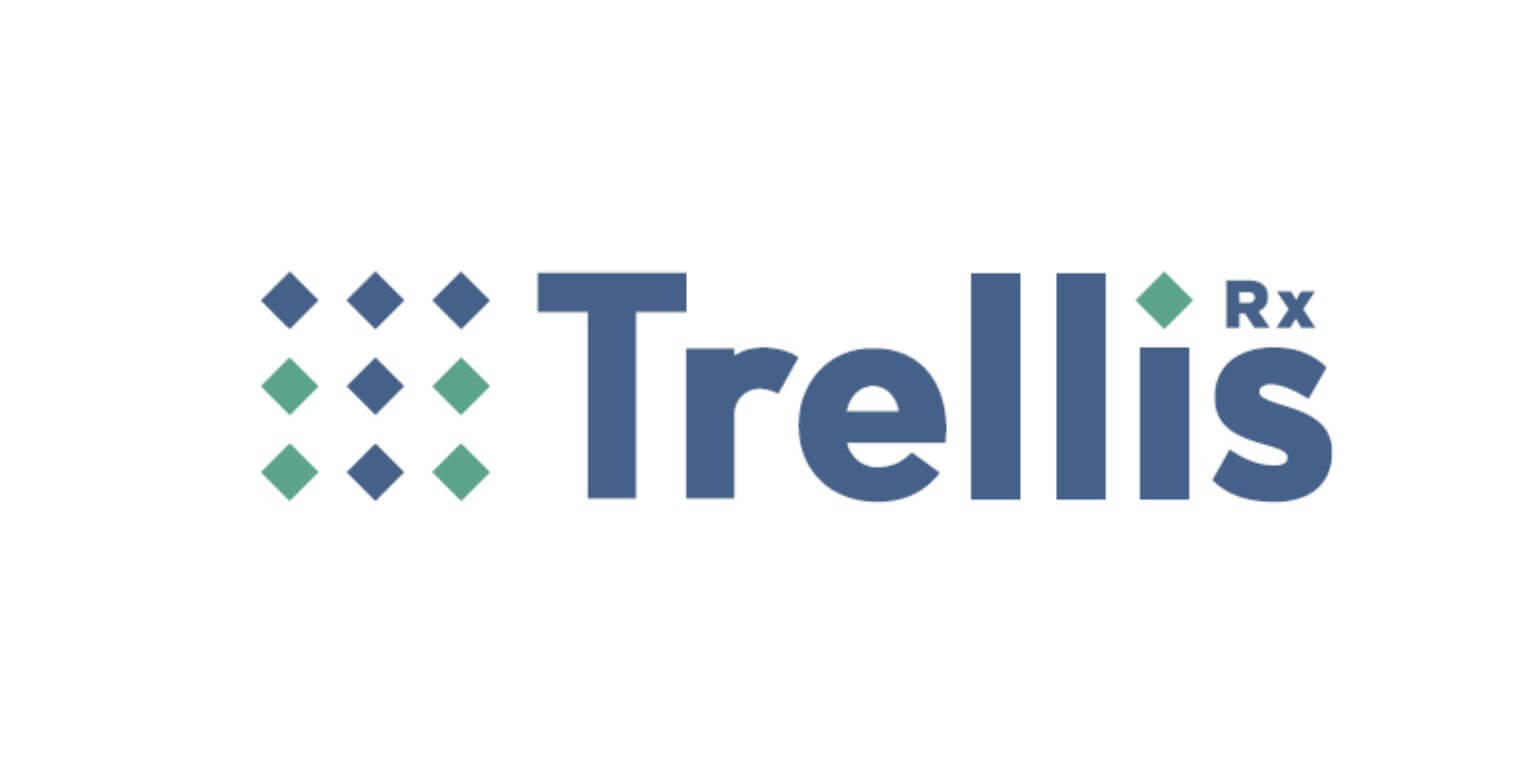

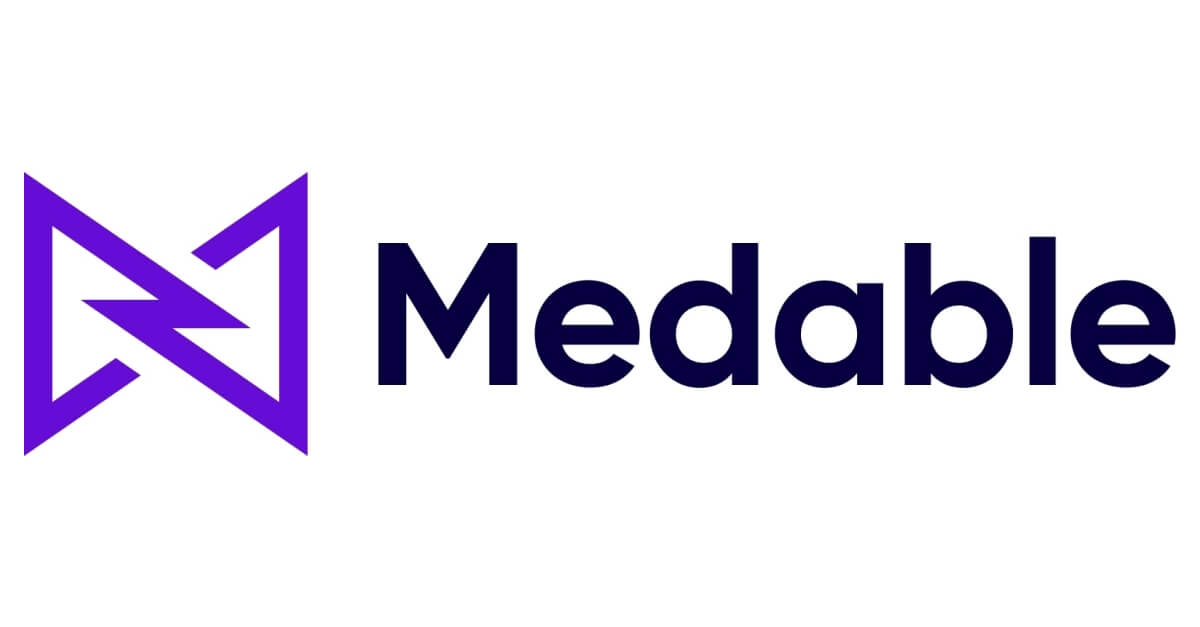




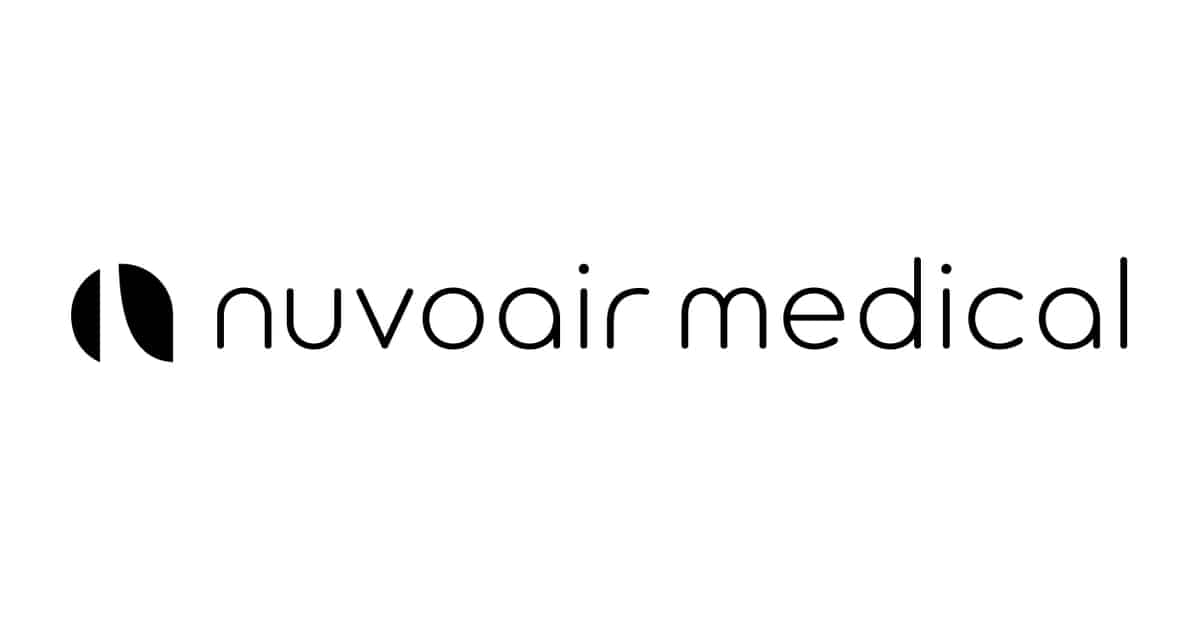


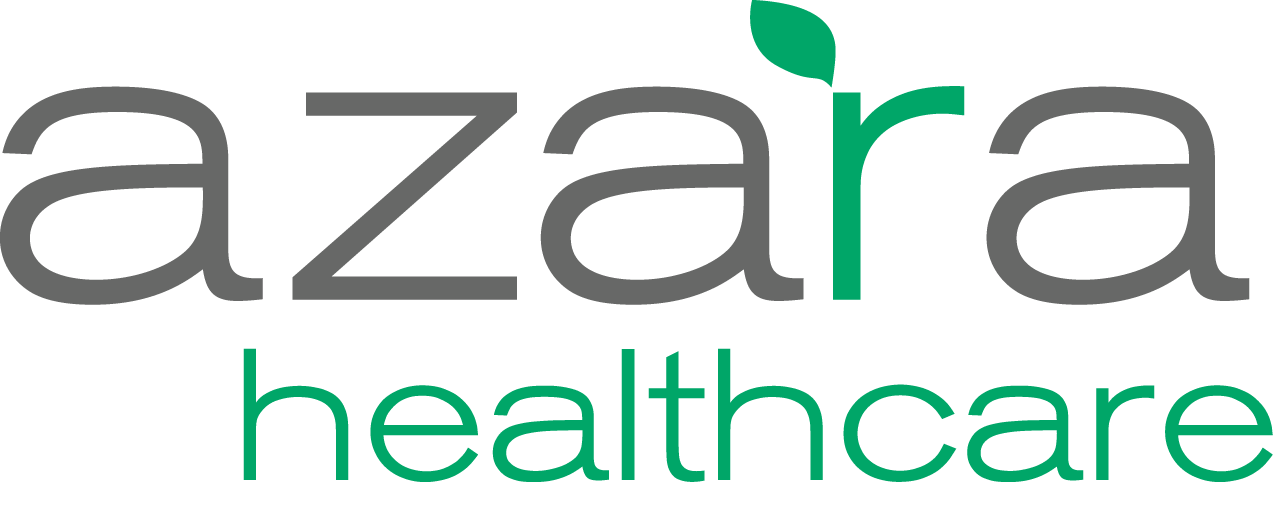












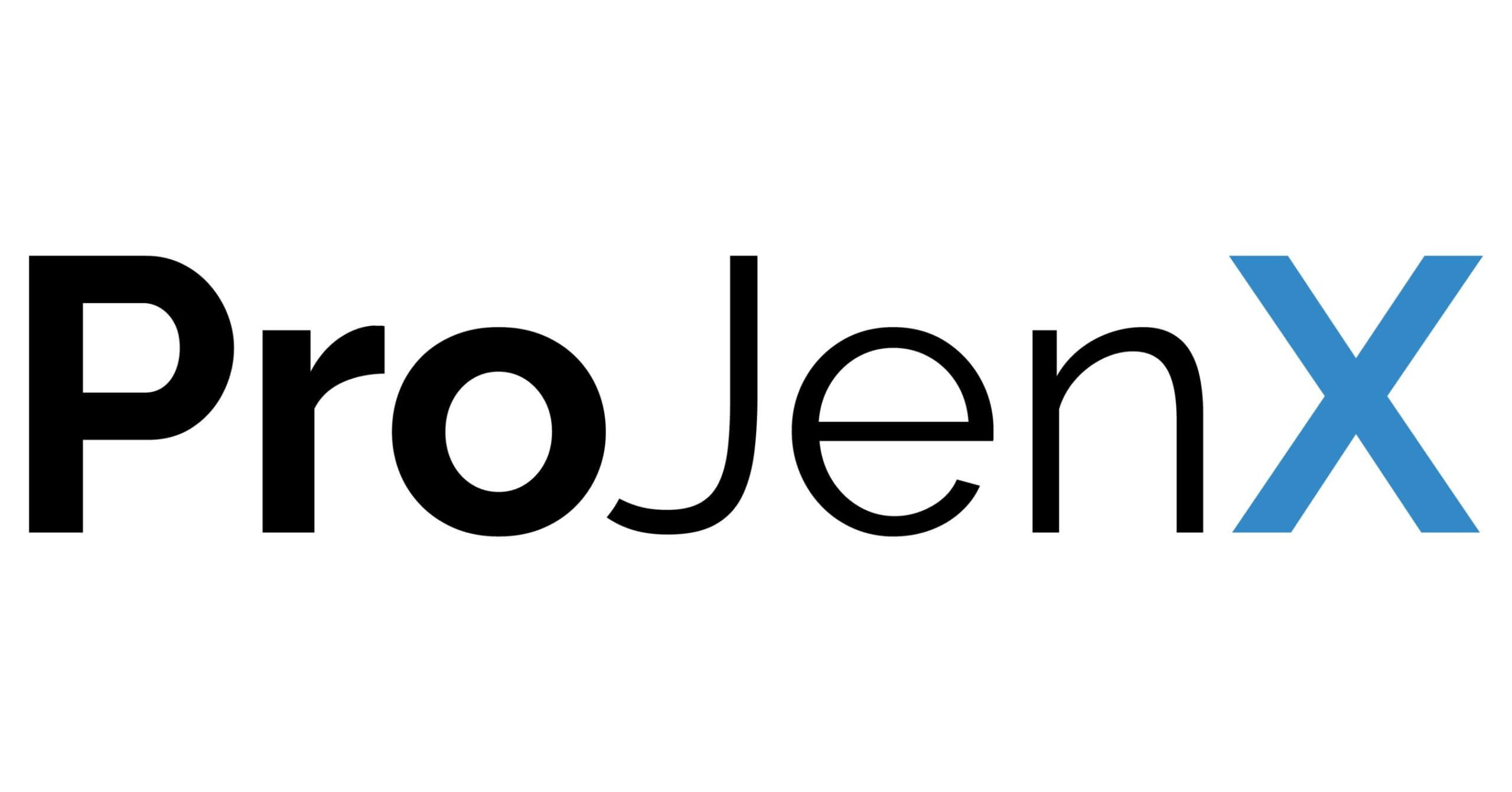









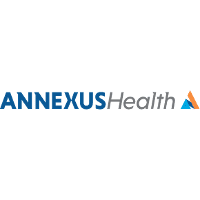
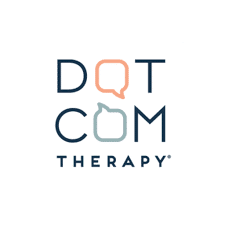
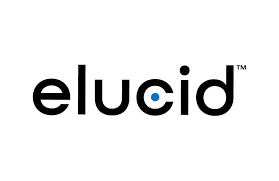
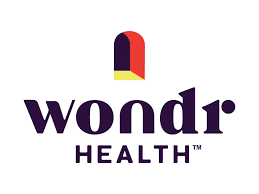
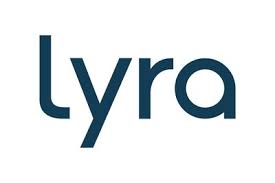






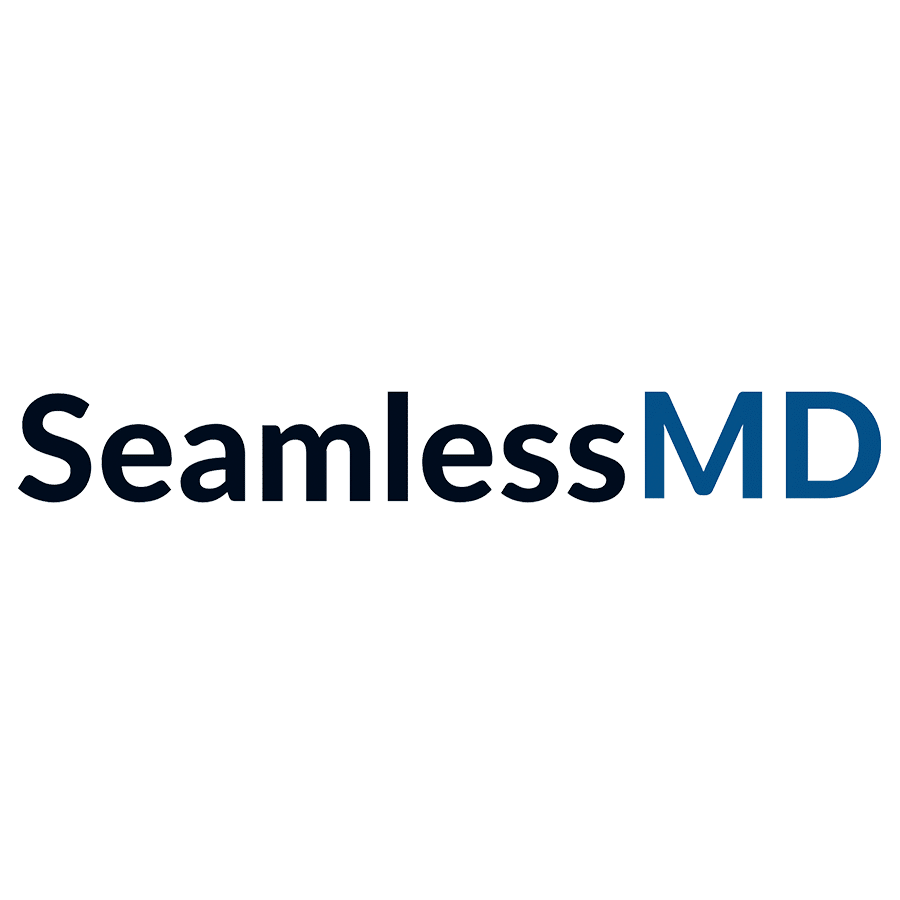



















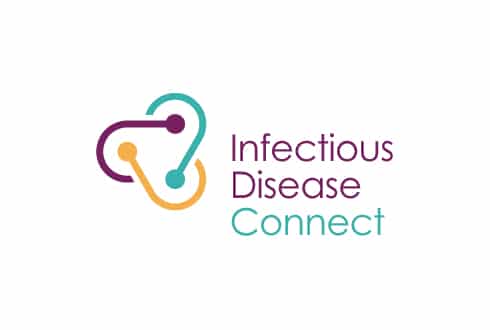
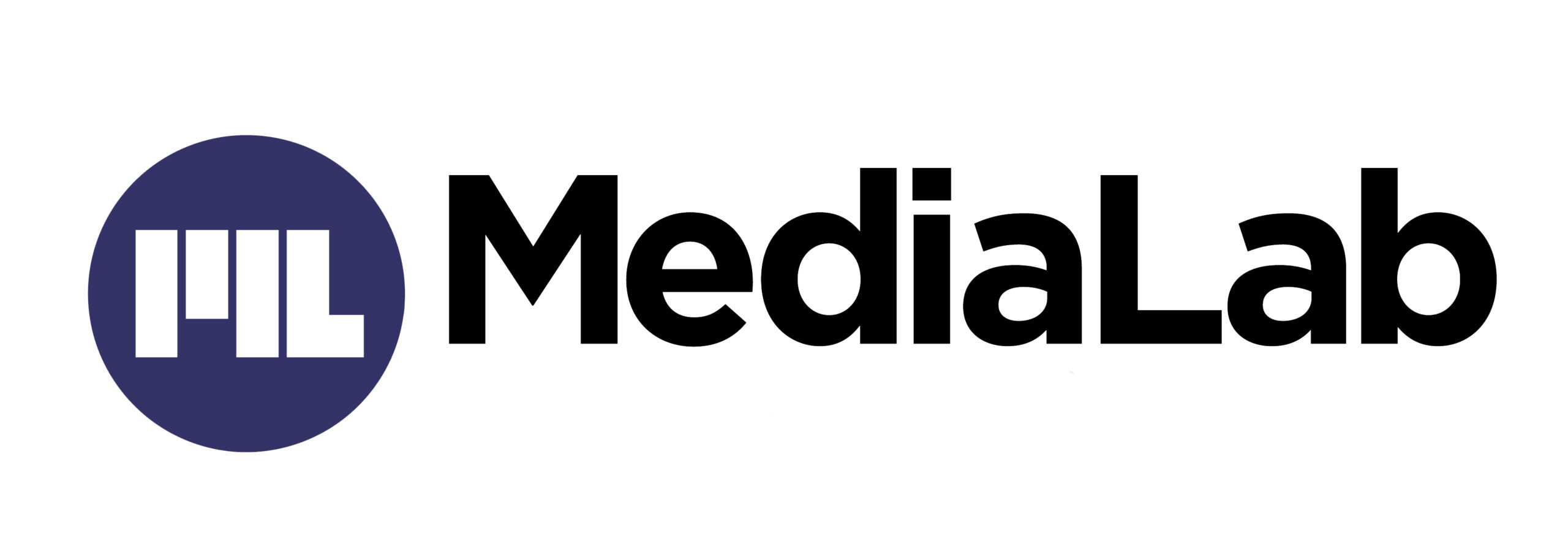

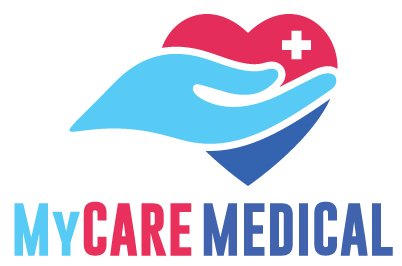





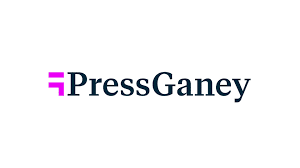
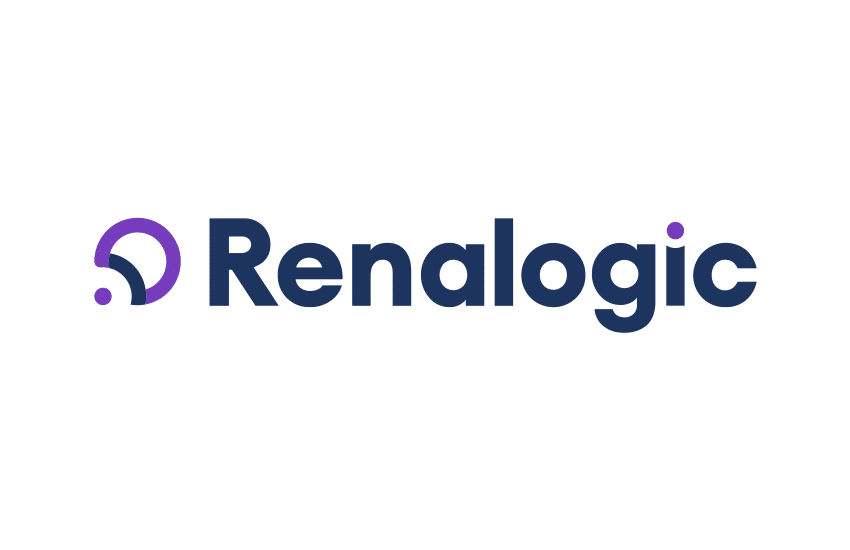








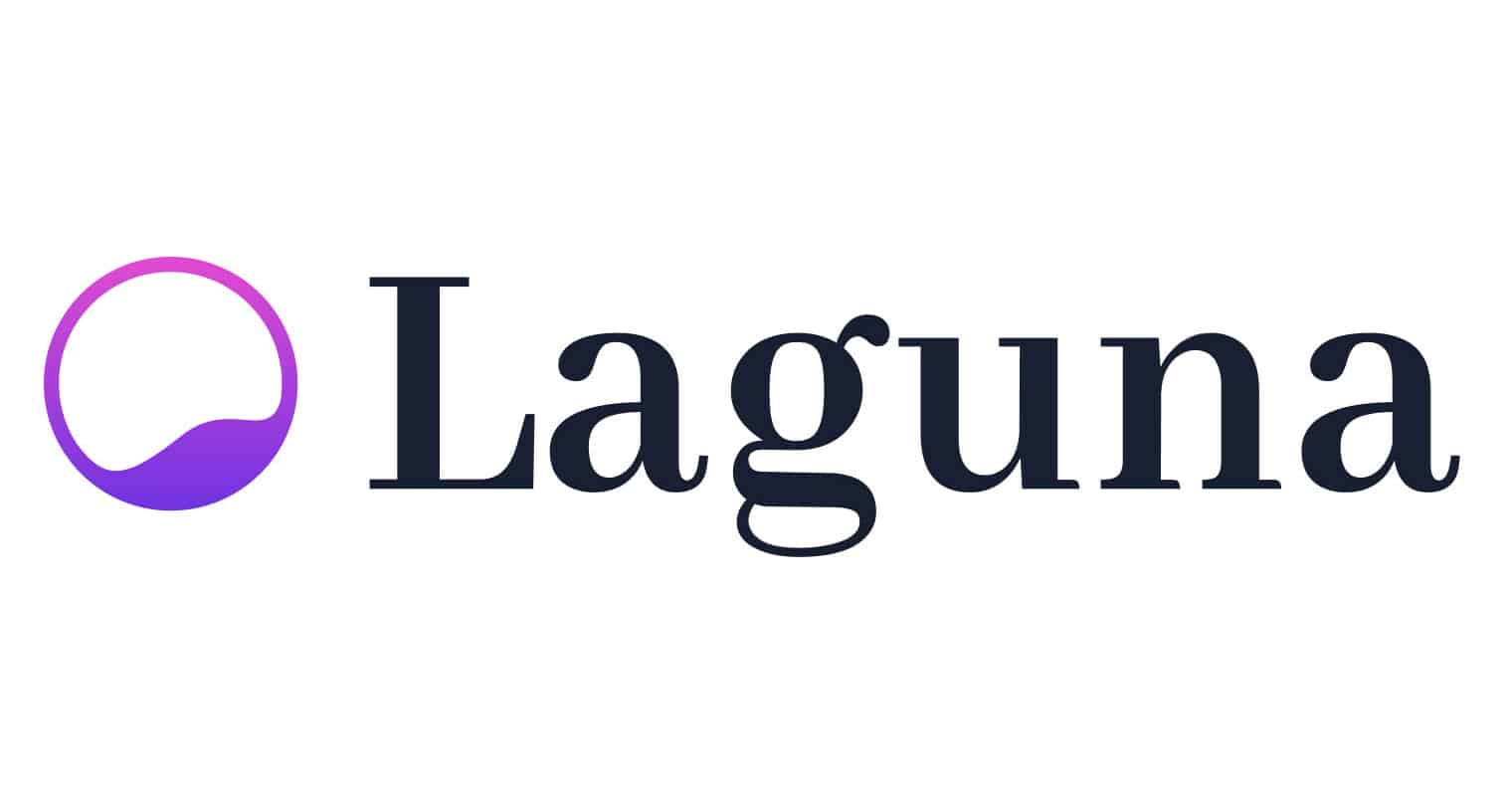














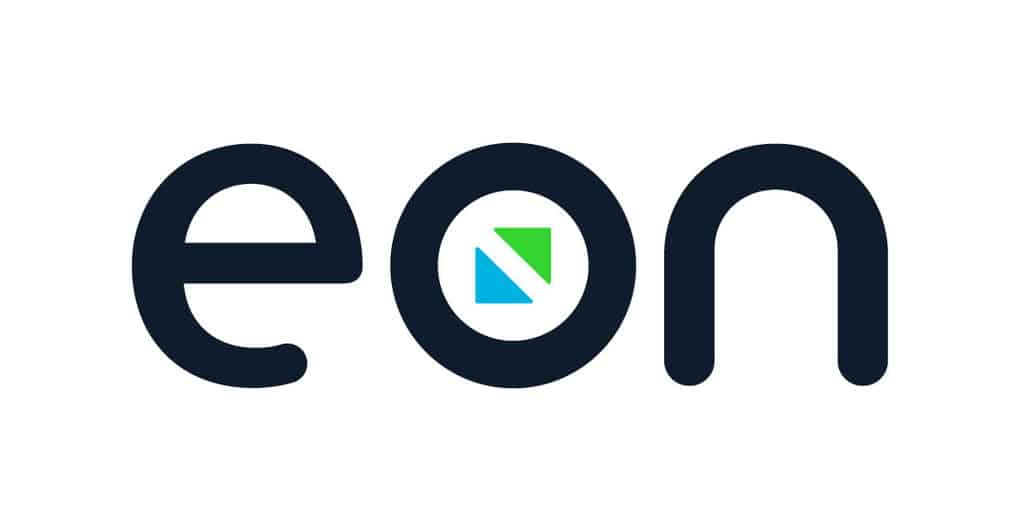
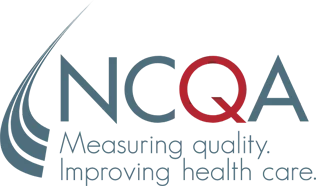
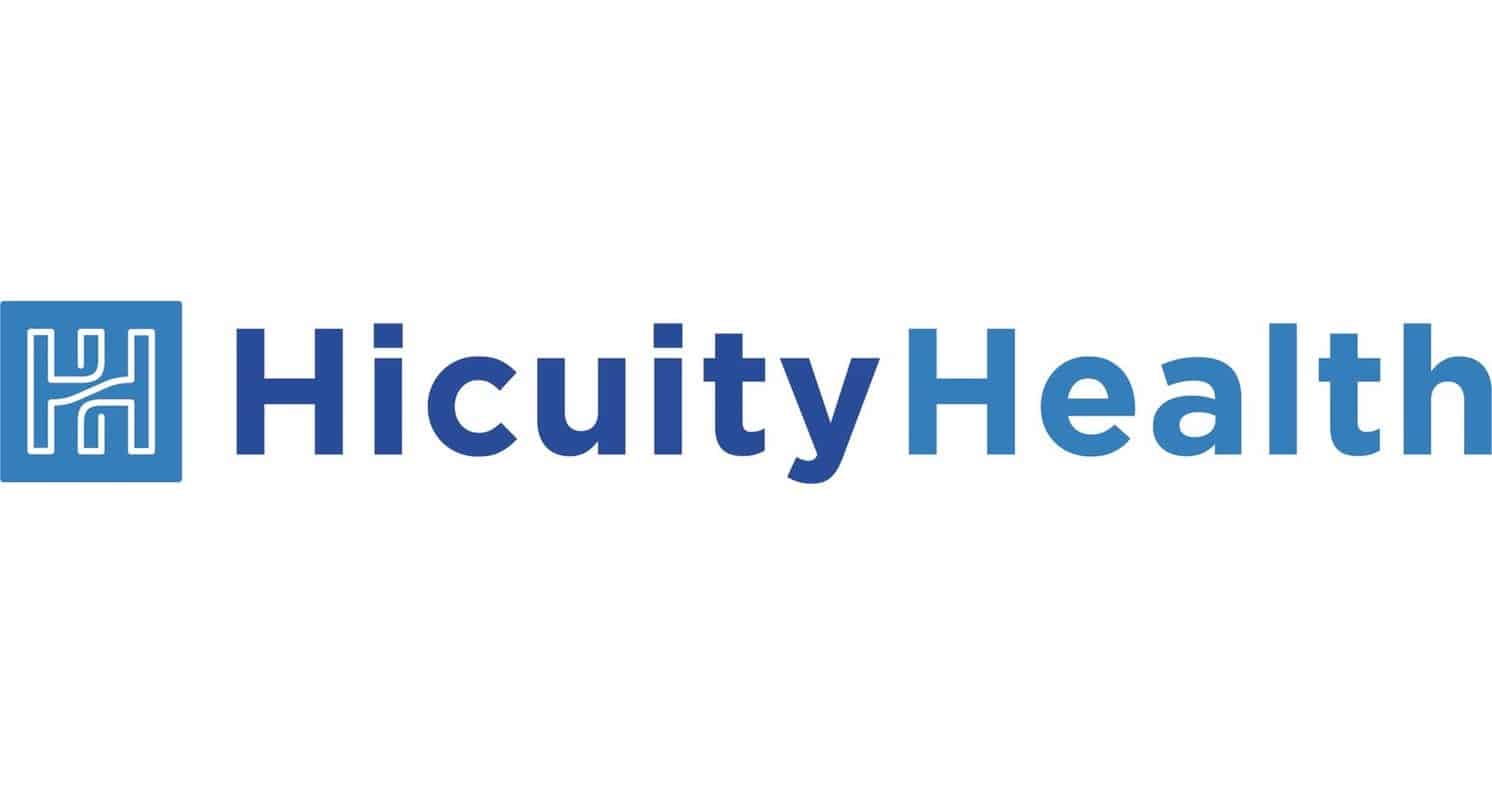



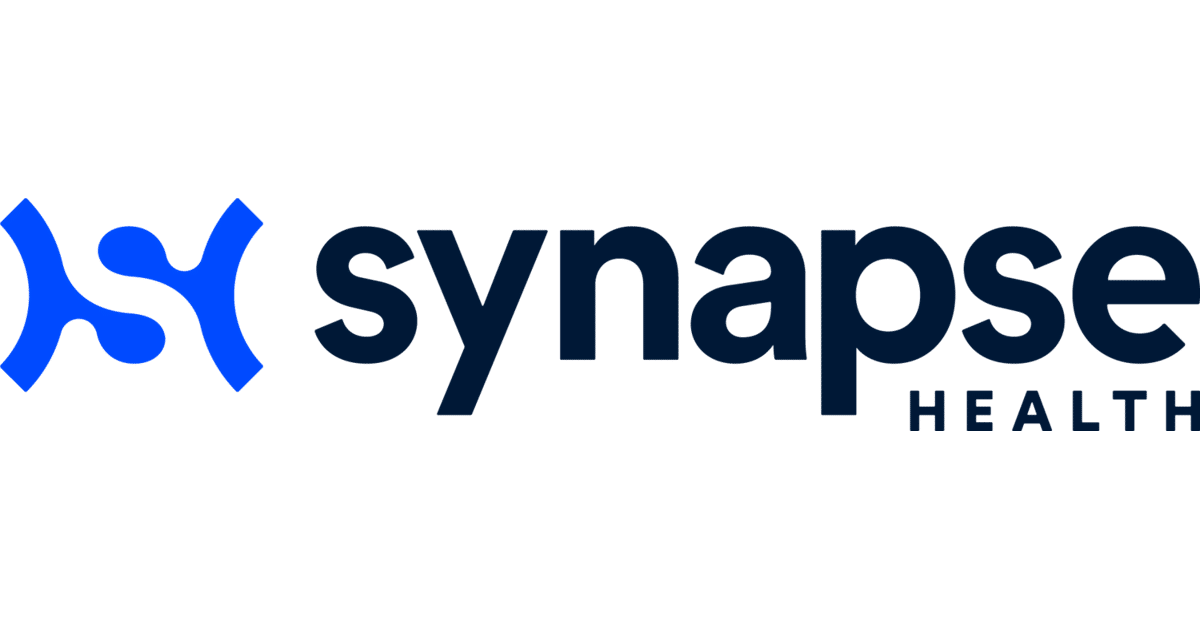
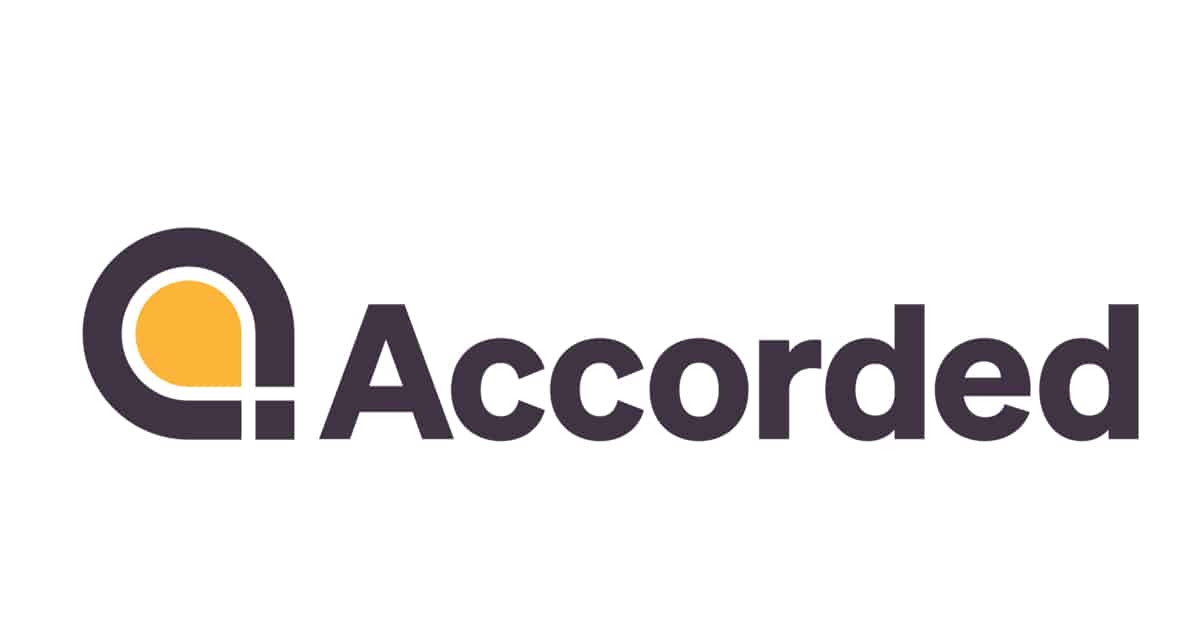


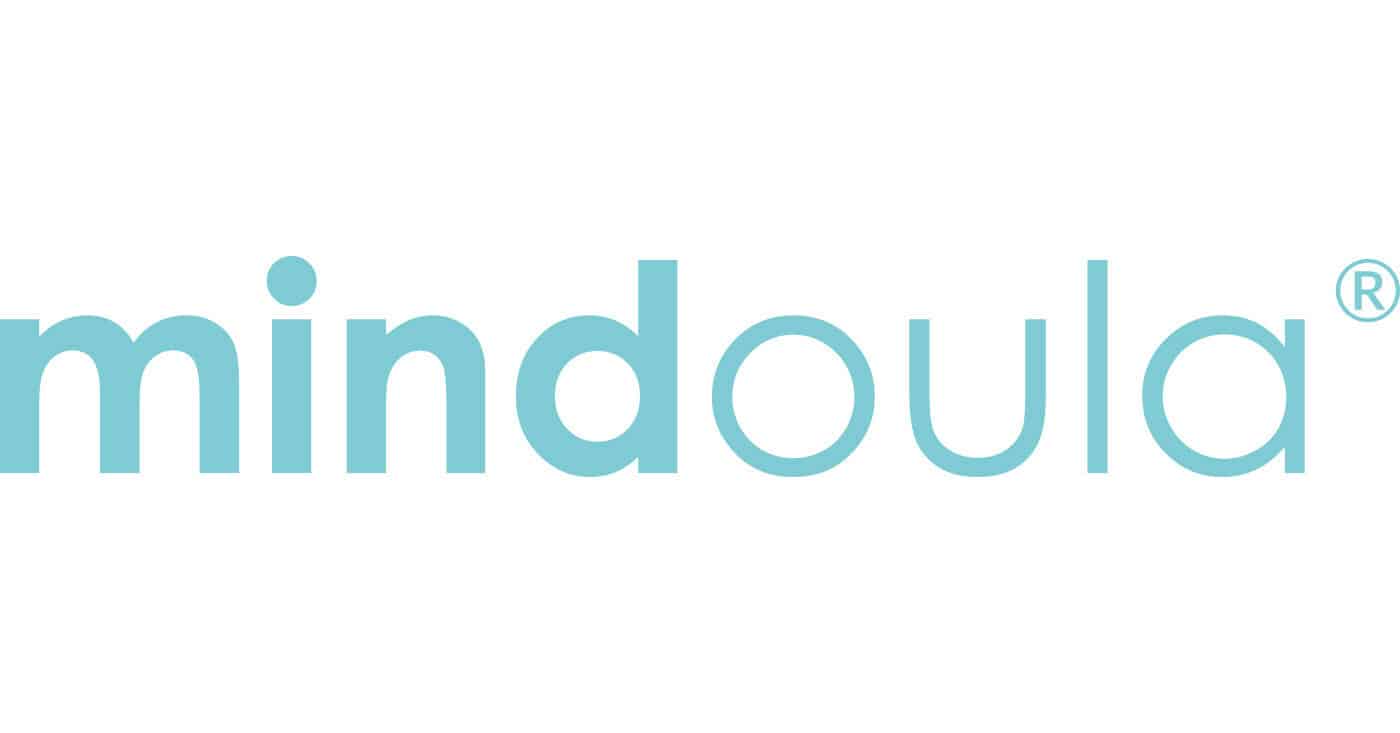









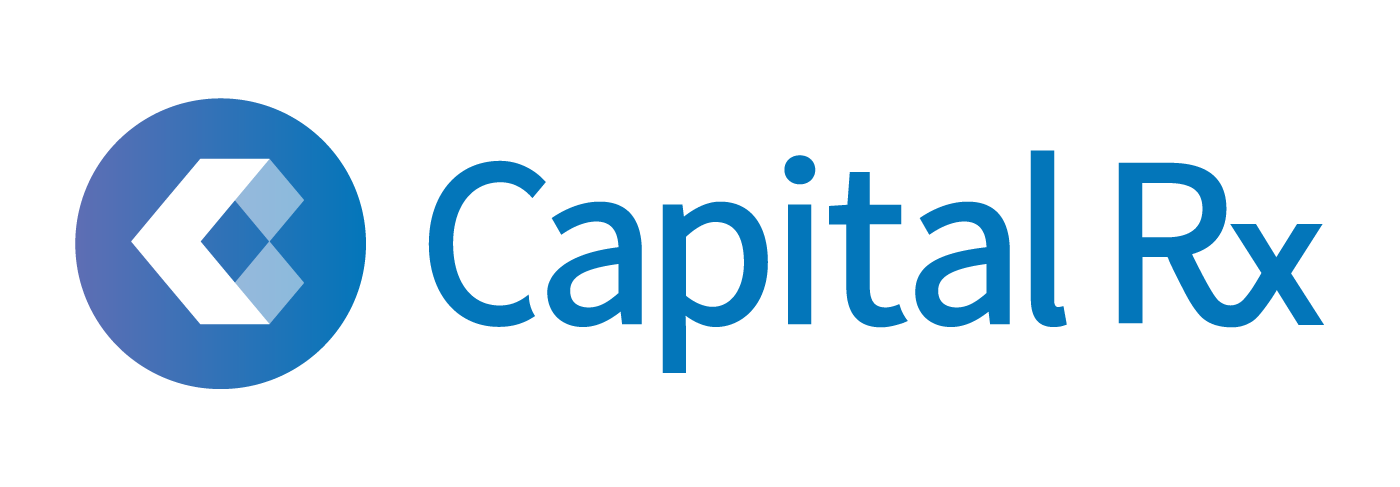
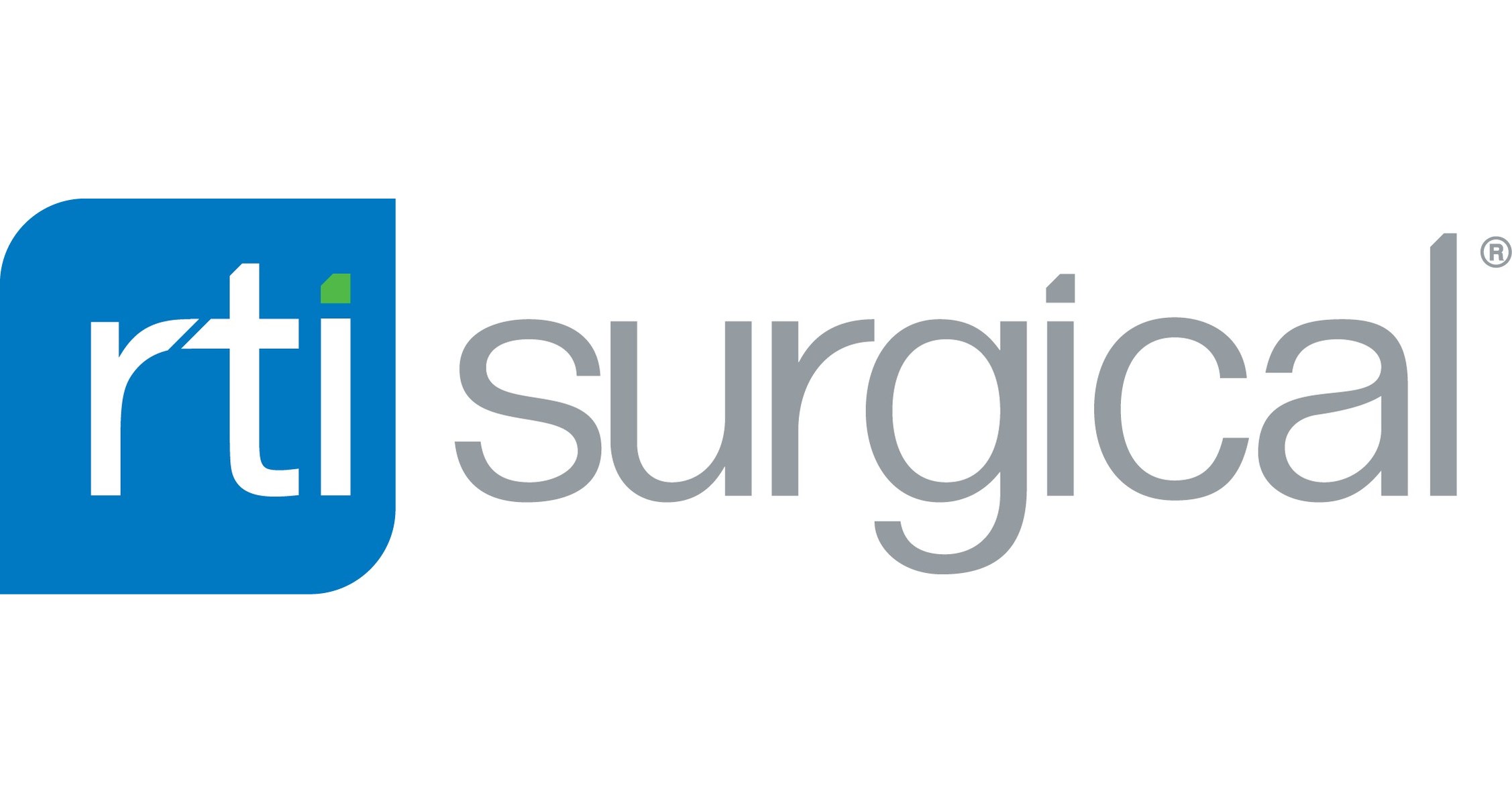



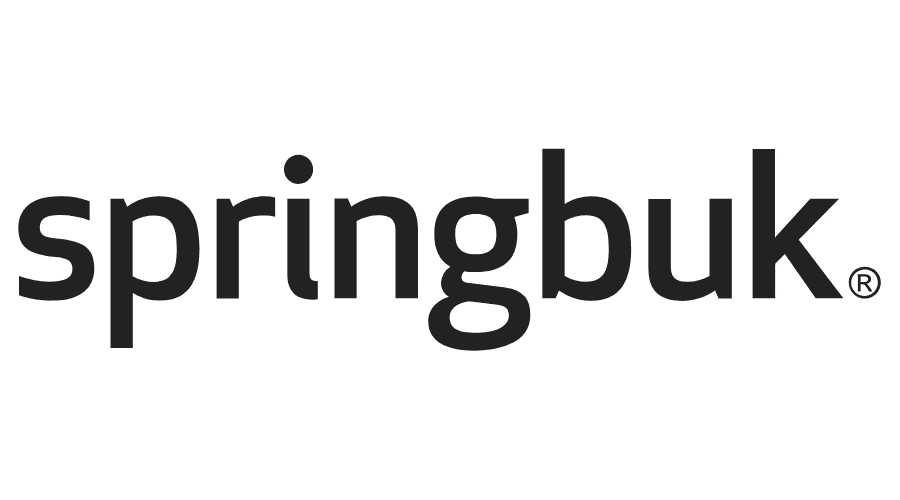



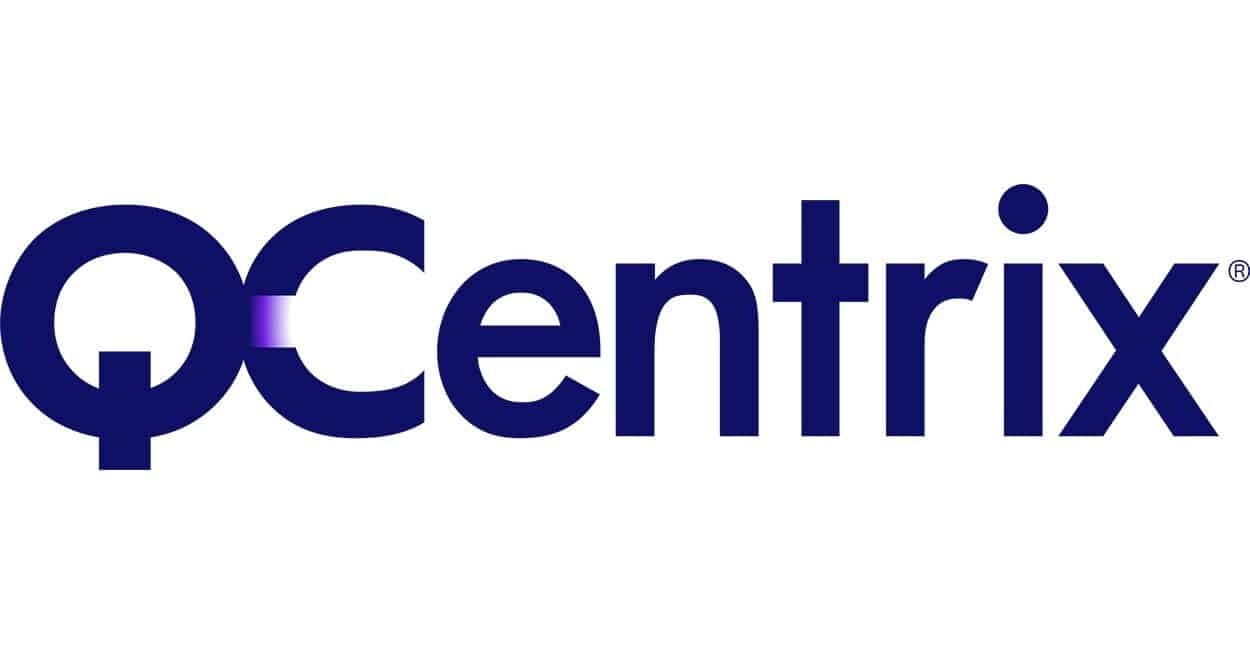











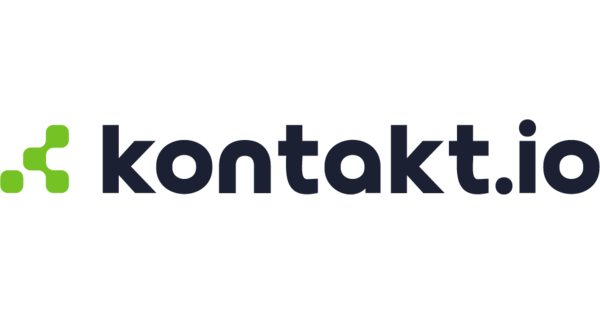























While Washington’s current legislative healthcare debate is primarily focused on access to medical care, many of us are still concerned about other reform measures that address quality and cost of care. Therefore, the focus of this quarter’s ChasmPOV newsletter is on bundled payments. While we still have not heard anything meaningful come out of Washington addressing this area, the general consensus is that the overall approach is here to stay in some form for both public and private payers. To help deepen our understanding of this important evolution in US healthcare, we brought together three recognized thought leaders to answer questions about what we have learned to-date and where we are heading with the bundled payments model.
As a reminder, bundled payments represent the ultimate form of accountability, by linking the payments made by a payer for multiple services a patient receives from providers during an episode of care. These arrangements with providers are intended to ultimately place focus both on financial and performance (quality, patient satisfaction, etc.) related goals and are the counter to fee-for-service.
THE PANELISTS
Patrick Conway is Deputy Administrator for Innovation and Quality and Director of the Center for Medicare and Medicaid Innovation (CMMI), Centers for Medicare and Medicaid Services (CMS), where he leads innovation and health system transformation efforts for CMS, including directing CMMI. The models under his leadership include Accountable Care Organizations, Bundled Payment models, Comprehensive Primary Care, and state-based innovation, among others.
Niyum Gandhi is the Executive Vice President and Chief Population Health Officer of Mount Sinai Health System, where he oversees Mount Sinai’s transition from a primarily fee-for-service model of care to one that is focused on value and risk-based population health. This includes fostering care management and clinical model redesign to ensure that high-value care is delivered by the Health System and its partners, and working with payers and employers to establish the new economic models that support the delivery of value-based care.
Jean Drouin, MD is a former Senior Partner at McKinsey and is the founder and CEO of Clarify Health Solutions, a San Francisco-based healthcare technology company focused on providing predictive analytics and real-time work flow solutions for episodes of care, including bundled payments.
CONWAY CMS has approximately 1300 hospitals, physician groups, and post-acute providers in the voluntary Bundled Payment for Care Improvement (BPCI) model across the nation. These providers are redesigning and improving care for one or more of 48 conditions. We have said publicly that we are working on the next iteration of voluntary bundled payment models that would qualify as an advanced alternative payment model under MACRA and make other updates suggested by stakeholders. We have been impressed by the level of engagement of providers in bundled payments.
GANDHI Although there has been some slow-down in this regard, I think we’ll eventually see a resurgence of mandatory bundles in the public space. Whether this happens 5 years from now or 25, it seems that bundles may eventually become “the new DRG,” such that many inpatient admissions are reimbursed at a fixed rate for 30 or 90 days, rather than just for the acute admission. From the health system perspective, for this to work, there is a lot that will need to be worked out to ensure adequate risk-adjustment, appropriate regulatory changes to allow hospitals to manage post-acute care more effectively, and the right glide path to uniform market rates. A blunt implementation of this sort of change could backfire, but a deliberately nuanced approach could yield significant quality and efficiency improvement in the long term.
DROUIN Payers are likely to follow CMS retrospective bundle definitions early on, in part due to provider demand to simplify the administration of bundles. That said, entrepreneurial physician groups and health systems may well reach out to local employers to offer fixed-price-prospective bundles. This phenomenon may initially surface in surprising regions, such as Dallas, TX, more known for fee-for-service. The dynamic that could drive this is competition for volume and bundles becoming the means of differentiation.
GANDHI In contrast, for commercial payers, I think we’re going to see an increasing integration of payment transformation (bundles) with benefit transformation. Many employers are already offering “centers of excellence” programs, but we’re seeing more and more employers and plan sponsors exploring benefit differentials, reference prices, or other steerage mechanisms to drive greater congruence between their reimbursement constructs and benefit constructs. When there is three to fivefold variation in price for episodes within any given market—which there is—packaging bundles alongside new benefit designs is an easy way to drive efficiency while also getting quick wins on cost reduction and quality improvement.
DROUIN In contrast to industries such as logistics or retail, providers have only begun to unlock the benefits of episodic care model and workflow redesign, which demands a different approach and mindset. Bundles necessitate quarterbacking far beyond the confines of the hospital EMR, across multiple care sites, including the home. We currently lack a platform to enable automated systems of longitudinal engagement, where the patient is monitored and piloted from the beginning to the end of the bundle journey.
CONWAY Providers are innovating in numerous ways. For example, providers are using evidence-based protocols and team-based care to guide decision making. Providers are using data and risk assessment to determine the best setting for post-acute care. We are seeing providers use telehealth and home care in innovative ways to support patients in their homes.
GANDHI I think this definitely depends on the type of bundle. For certain very clearly defined bundles for elective procedures, many providers have been effective in changing clinical workflows to support bundled payment models. For example, many health systems have effectively reduced unnecessary post-acute facility utilization and standardized implants for lower extremity joint replacements. From what I’ve seen, however, many providers have struggled a little more around bundles related to emergent events, as some of the levers of pre-episode planning and customized workflows aren’t available.
CONWAY Providers need the data and information to be successful. Certainly claims data feeds from CMS and other payers are necessary. But successful providers are also using electronic health records, clinical data, and data flow across settings of care to inform their care redesign and drive success.
DROUIN I agree with Patrick here. There are several factors to consider when it comes to operational effectiveness, starting with physician buy-in through alignment of incentives as well as the right level of analytics to understand variation and redesign care models. There needs to be established predictive analytics to assign precise and personalized care maps at the beginning of a bundle enabled by real-time patient monitoring.
GANDHI Depending on the type of bundle, there are a variety of operational requirements for providers to drive outcomes under bundled payments. For bundles with significant post-acute spend, integrating pre-operative navigation with hospital case management and discharge planning is critical. For bundles that have high spend on implantables or devices, there will likely be a greater focus on managing sourcing and variation. If a bundle includes the ability to shift site of service—such as an orthopedic bundle that triggers based on the surgery irrespective of whether it occurs inpatient or outpatient—then demand-matching and all of the associated analytics and navigation become most critical. The methodology by which to drive efficiency in any given bundle may be different—but structuring incentives around episodic management will allow providers to find and attack the waste and inefficiency inherent in any traditional FFS model.
GANDHI Absolutely. Mount Sinai participates in both ACO programs and bundled payments, and we’re finding synergy between the two. The same operational enhancements and clinical workflows that are allowing us to perform in bundled payment are supporting our performance in ACO programs as well. For example, in many clinical categories, one of the keys to performance in bundled payments is more effective management of the post-acute network with regard to both the site of service and the service provider. Going through a rigorous assessment of our post-acute partners is critical to our performance in bundled payments and also enhances our ability to manage the total cost of care that post-acute services represent in our ACO contracts.
CONWAY Yes, we think these models can work together. CMS lets providers be in both ACO and bundled payment models. We also encourage providers in both models to work together, including partnering and arranging care as they see fit. We are also open to ideas about how to make these models work even better together in the future. I personally have practiced in health systems that do both ACO arrangements and bundled payments well.
DROUIN I think we are all in agreement here. Bundles are essentially ACOs at condition level. ACOs have global annual risk. Their first goal is to keep patients healthy and limit the total number of interventions. However, once a patient requires interventions, it makes sense to shift the operational risk through bundles. This gives providers the incentives to deliver defined packages of care more effectively. Indeed, it is somewhat surprising that integrated health systems are not more aggressively setting up internal bundles now that the analytics exist to support them.
DROUIN Few commercial payers currently have the infrastructure required to support bundles at scale. That said, most now have small groups looking to set up and scale bundles over the next few years. Once a patient clinically requires an episode of care, bundles are the most ‘free-market’ and unobtrusive way to incentivize efficient delivery. The alternatives, such as pre-authorization and utilization management are all ultimately much more cumbersome and far less personalized. Paradoxically, bundles offer a far better chance to foster collaboration between clinicians and payers, because they align incentives – in stark contrast to today’s adversarial regime.
CONWAY We are seeing multiple commercial payers collaborating with CMS and providers in the bundled payment arena.
GANDHI To build on Patrick’s point, we’re seeing continued interest among commercial payers in the bundled payments space, and a lot of it is being driven by plan sponsors. But we’re increasingly seeing that interest go beyond just a reimbursement construct. For example, we have a program developed in partnership with a large union health fund in New York which offers a packaged price for lower extremity joint replacements to their members, along with a set of service amenities (transportation, food delivery post-surgery, etc.), and tied to a reference price within the benefit. It’s a rare win-win-win in healthcare by which the plan sponsor saves a double digit percentage of costs, the patient gets exceptional service and convenience with no cost-share, and Mount Sinai commercializes its value into greater market share. I think we’re going to start to see more of these sorts of programs in the coming years—thinking of episodic payments as not as just a reimbursement model, but instead as a full “product” that includes an integrated experience, benefit design, and reimbursement model.
DROUIN Bundles, like any other reimbursement mechanism designed to counterbalance a reality where the end customer (e.g., the patient) is not fully involved in the purchasing decision, have their strengths and weaknesses. In providing a standardized yardstick to track and assess value, they are a tremendous improvement over fee-for-service. This is true across all types of episodes, even those where it is more difficult to define ‘standard’ pathways and/or track outcomes. The more clinical and claims data can be linked, and the larger those data sets, the greater the success of bundles will be. It is important to remember that the purpose of bundles is not to lock down care to a few set pathways, but rather to provide a language to facilitate the identification of positive and negative practice patterns—and to reward clinicians based on value-creation. The better and richer the data available, the more sophisticated and predictive analytics can be unleashed to validate good from unhelpful practice. One of the drawbacks of bundles can be the tyranny of reimbursing to an average and therefore discourage the care of sicker patients through patient selection. Coming up with trusted means of case-mix adjustment will therefore be essential in refining these reimbursement mechanisms.
CONWAY We are seeing the highest level of interest in elective procedural episodes. But we are also seeing interest in the other types of bundles. We try to provide an array of options for providers and then let them choose in which episodes of care they think that they can be most successful in improving quality and lowering costs. The amount of innovation in the marketplace focused on better patient care is exciting.
GANDHI I think, as an industry, we still have a lot to learn about the operational improvements and incentive models needed to drive value across different types clinical episodes. In many ways, elective procedural episodes are the cleanest, because they can be planned for in a way that allows an end-to-end experience to be managed. Many of them also have a significant post-acute component that allows the health system to “win” by reducing total cost of care outside of its four walls. However, in many of these categories—and lower-extremity joint replacements are a perfect example—I’m not sure that bundles anchored to the hospitalization are the best incentive for episode management. The big win might be moving a case to an ambulatory setting to radically improve the efficiency of the episode. Or going even further, it might be conservative care pathways that avoid the episode altogether. As you move down the spectrum to emergent procedural episodes and acute medical episodes, the levers you need to pull to improve value start to change. There may still be a post-acute segment to manage or internal costs to be reduced, but the operational model within a facility to track and manage episodes becomes more complicated. And for chronic episodes, my belief is that bundles that anchor to admissions miss the point nearly entirely—the first admission for a CHF patient is a failure of effective management of the chronic disease, so while putting a provider “at risk” for costs after the index admission is well-intentioned, it doesn’t really set up the right incentives for managing a patient longitudinally in the way that a population-oriented reimbursement model might.
















































































































































































































































